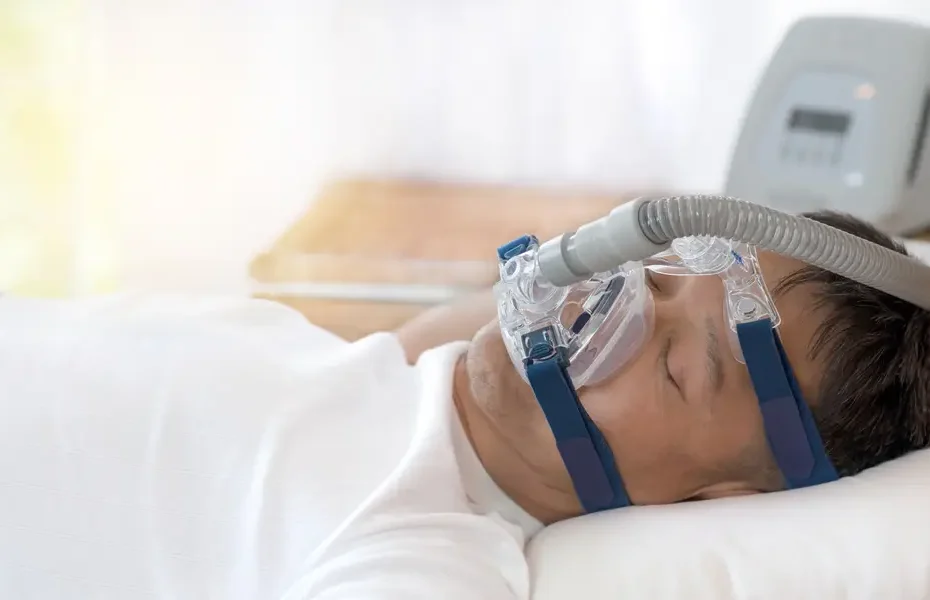Mechanical ventilators are critical life-support devices that assist or replace spontaneous breathing in patients who are unable to breathe adequately on their own. The importance of these devices has never been more apparent than during the global COVID-19 pandemic, which saw intensive care units around the world rely heavily on this technology. This article explores the mechanics of mechanical ventilators, traces their development, and discusses recent innovations that are shaping the future of respiratory care.
Understanding Mechanical Ventilators Basic Mechanics and Functions
At its core, a mechanical ventilator is designed to deliver breaths to a patient who is physically unable to breathe or breathing insufficiently. These devices use positive pressure to force air, or a mix of air and oxygen, into the lungs. The fundamental components include a control system, a monitoring system, alarms, and pressure and flow generators.
Types of Mechanical Ventilators
Ventilators can be categorized based on their function and the environment in which they are used, such as intensive care units, home care, and emergency medical care. They vary from basic models that provide consistent airflow, to more advanced systems capable of adapting to a patient’s spontaneous breathing.
The Evolution of Mechanical Ventilators Historical Perspectives
The development of mechanical ventilators began in the early 20th century with basic, manually operated bag-valve devices. The evolution continued through the iron lungs used during polio epidemics, to the sophisticated digitally controlled systems of today.
Technological Advances
Recent years have seen significant technological advances in ventilator design. Modern ventilators offer modes that can precisely control the volume, pressure, flow, and oxygen concentration of each breath delivered, allowing for customized patient care.
Innovations in Ventilator Technology Integration with Telemedicine
Integration of ventilators with telemedicine platforms allows healthcare providers to monitor patients remotely. This technology supports real-time adjustments to ventilation parameters based on a patient’s changing condition, without requiring physical presence at the bedside.
Enhancements in Portability and Functionality
The development of lighter, more portable ventilators has made it easier to provide advanced respiratory support in non-hospital settings, such as during patient transport or at home.
Improving Patient-Ventilator Synchrony
New models incorporate sophisticated algorithms to improve synchrony between the ventilator and the patient’s own breathing efforts, reducing complications such as ventilator-induced lung injury and improving comfort levels for patients.
Impact of Mechanical Ventilators on Patient Care Clinical Outcomes
The precise control offered by modern ventilators can significantly improve clinical outcomes for patients with severe respiratory distress by optimizing oxygen delivery and reducing the effort needed to breathe.
Challenges and Considerations
Despite their benefits, mechanical ventilators pose challenges, including the risk of ventilator-associated pneumonia and the complexity of managing ventilator settings. Adequate training for healthcare providers is crucial to maximize the benefits while minimizing risks.
Future Directions in Ventilator Technology Research and Development
Ongoing research focuses on enhancing the efficiency and safety of ventilators. Future developments may include the use of artificial intelligence to automatically adjust settings based on real-time lung imaging or advanced sensors.
Global Accessibility
Another focus area is improving the affordability and accessibility of ventilators globally, especially in low-resource settings. Efforts include designing cost-effective models that maintain high functionality.
Conclusion
Mechanical ventilators are a cornerstone of modern medical care, providing essential life support for patients with severe respiratory conditions. As technology advances, these devices become more sophisticated, integrating seamlessly with digital health systems and improving both the efficacy and safety of respiratory support. The continuous innovation in this field promises to further enhance the capabilities of ventilators, potentially transforming outcomes for patients worldwide.
